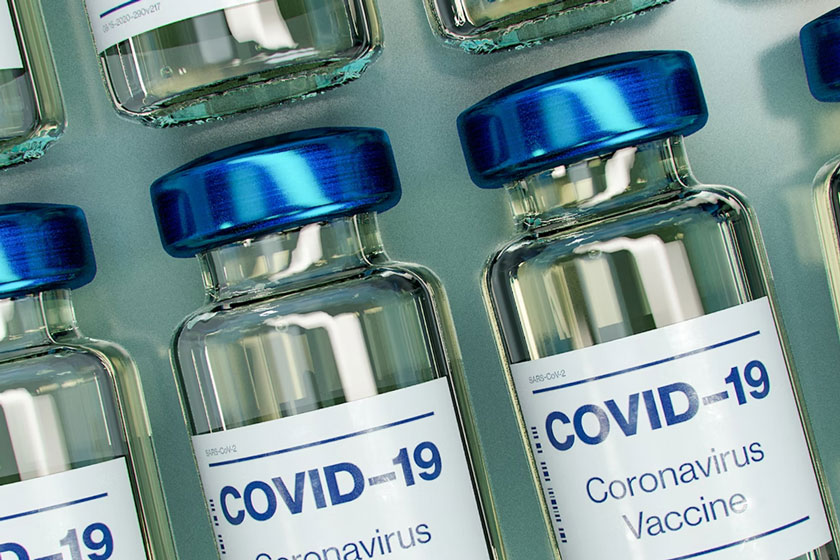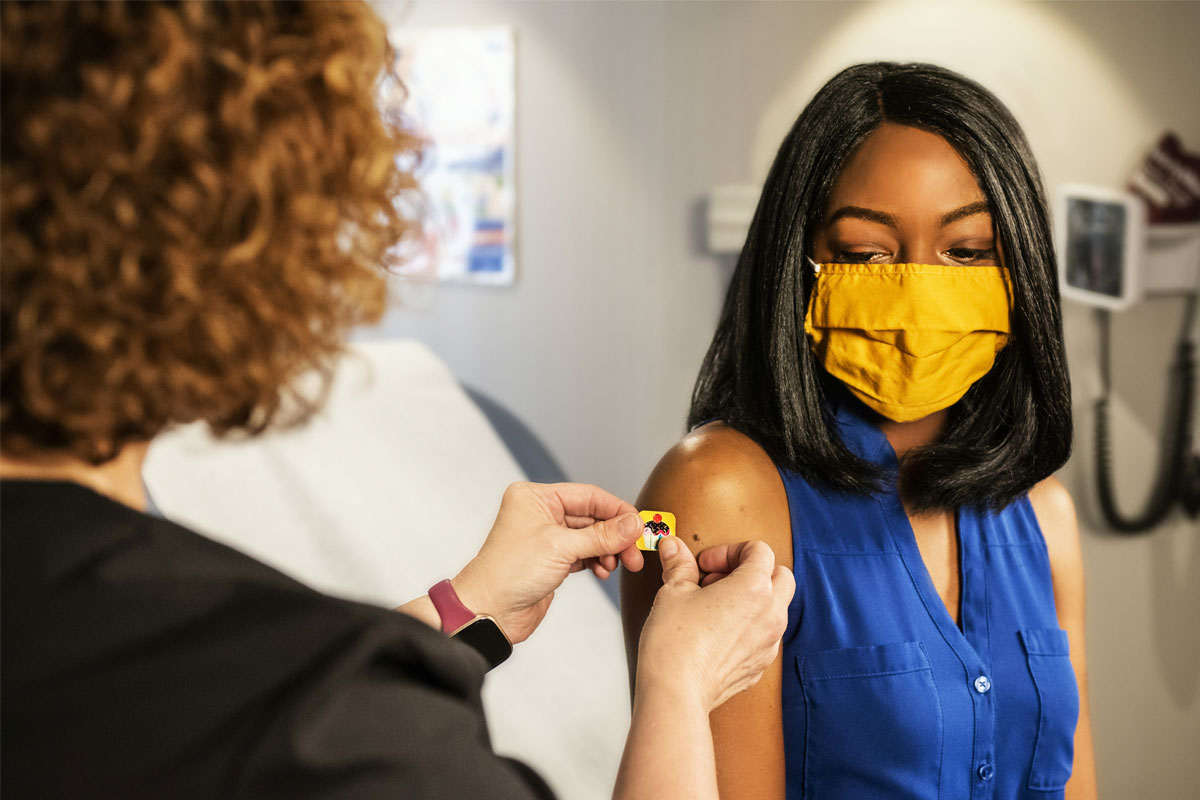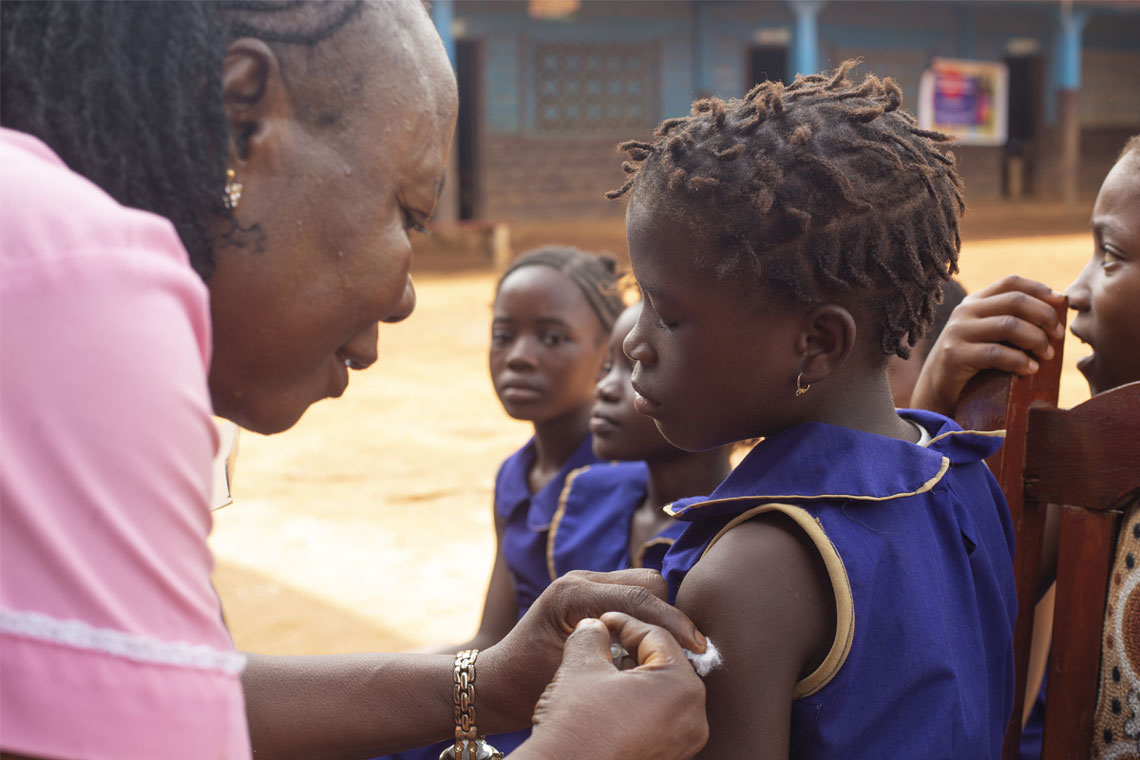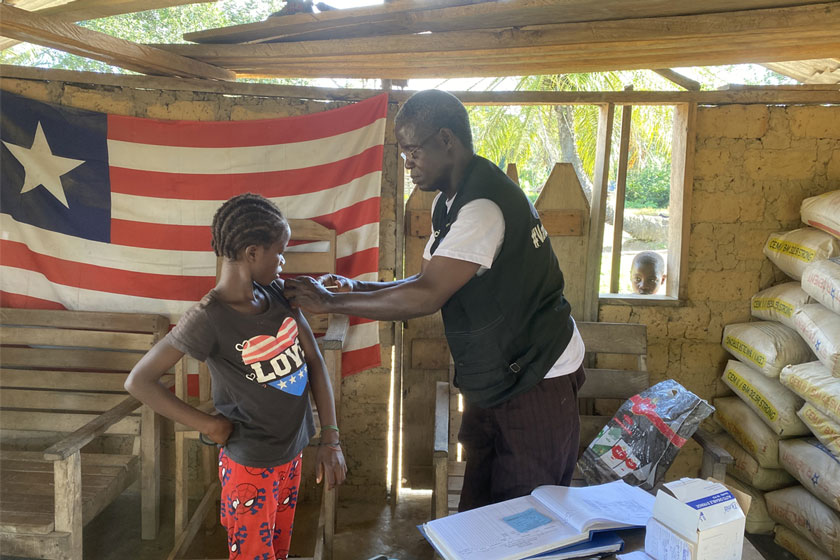New data underlines impact of COVID-19 booster vaccines
Real-world data shows boosters give extra protection against severe COVID-19
- 23 October 2025
- 3 min read
- by Priya Joi

A major new study suggests COVID-19 booster vaccines offer significant protection even in people who’ve had vaccines or previous COVID-19 infections.
A large real-world study, published in the New England Journal of Medicine this month, tracked nearly 300,000 US adults during the 2024–2025 COVID-19 season, offering a clear snapshot of what up-to-date vaccination can achieve.
Receiving the latest COVID-19 booster reduced emergency department visits by nearly 30%, hospitalisations by almost 40%, and deaths by a substantial 64%.
Receiving the latest COVID-19 booster reduced emergency department visits by nearly 30%, hospitalisations by almost 40%, and deaths by a substantial 64%.
Those numbers paint a reassuring picture: even as the pandemic recedes from headlines and concerns about severe COVID wane, vaccines remain a powerful tool to prevent the worst outcomes.
Real-world impact
Capturing the real-world effectiveness of a vaccine is important and this study, undertaken with US military veterans, included both men and women, younger adults and those with and without additional or underlying risk factors for COVID-19 infection.
Importantly, the study compared those receiving both flu and COVID-19 vaccines with those getting only the flu shot.
Across all groups and ages, those with the booster vaccine fared better and the protective effect held steady, even for people without major underlying health conditions.
Protection remains strongest for older adults and people with underlying health conditions, however, significant protection was seen across ages and health conditions.
Have you read?
Nisha Viswanathan, medical director of the University of California’s Long COVID programme, who was not involved in the study, told Scientific American that this finding “calls into question the idea that younger individuals and those without risk factors don’t need the vaccine”.
A third of study participants were given Pfizer’s COMIRNATY booster and the rest received the Moderna vaccine (Spikevax).
In a population with previous infections, vaccinations and evolving virus variants, protective efficacy from these boosters is around 29 to 64% compared with the 94% protection from vaccines in 2019.
This fall is expected in a population with some prior immunity, said Stanley Perlman, a coronavirus researcher and a professor of microbiology and immunology at the University of Iowa, who was not involved in the study.
Protecting against emerging variants
The viral landscape is always changing. The virus targeted in last year’s vaccines – the KP.2 omicron subvariant – shares close ties with current circulating strains.
That means the current boosters are built for the job. The COMIRNATY (Pfizer) and Spikevax (Moderna) boosters have already shown strong boosts in neutralising antibody levels against the LP.8.1 variant – currently the most dominant COVID-19 variant.
Despite these compelling results, uptake remains a challenge. Only a fraction of eligible adults and children received a booster last year, highlighting persistent barriers: access, hesitancy and confusion over evolving guidelines.
Shortly after this NEJM paper was published, a recommendation by the Infectious Diseases Society of America (IDSA) said that COVID-19 vaccine effectiveness against hospitalisation in immunocompromised individuals ranged from 33% to 56%, indicating the importance of boosters.
Vaccination remains a key community intervention. Each dose increases collective protection, reducing strain on health systems and keeping communities resilient.









